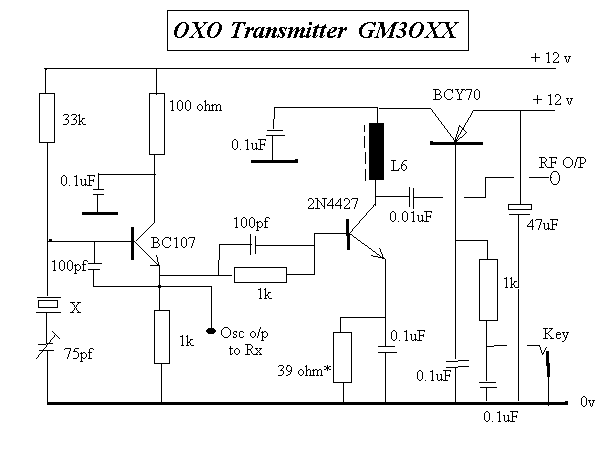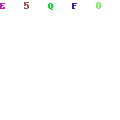In the new February RadCom that just dropped on my mat at lunchtime there is a copy of the band plans for all bands from 136kHz to 134GHz. What I fail to understand is
why does the RSGB appear so anti-AM?
For many years now there has been a clear choice for an AM centre of activity on 144.55MHz. The RSGB has been made aware of this on many occasions and yet still we have a (begrudging) footnote, just about visible if you look hard, saying this is where to look. Even this comment ends with, "although this frequency is not officially recognised within the 2m band plan". Why not? We have a FAX calling frequency listed and goodness knows how many DV Internet Voice Gateway frequencies listed, yet we cannot be allowed an official AM centre of activity properly listed! AM is not a common mode these days, but those who enjoy the mode need to know where to meet on the band. The RSGB is giving no help at all here.
I also get frustrated with the 10m band plan where AM is again almost treated as a disease. Most AM activity has been in the 29.0-29.1MHz segment for years now: this is THE part of the band where AM users congregate, yet the all-mode section with up to 6kHz bandwidth does not start until 29.1MHz upwards! Does no-one who creates these band plans actually listen to see what actually goes on? In the last 30 years I have had many AM contacts on 10m and not one outside 29.0 - 29.1MHz.
So, next time you consider the band plans, please:
(a) Add an AM "centre of activity" frequency into the 2m band plan - it is
144.550MHz in case you don't know.
(b) Show
29-29.1MHz as the AM sub-band in the 10m band plan.







